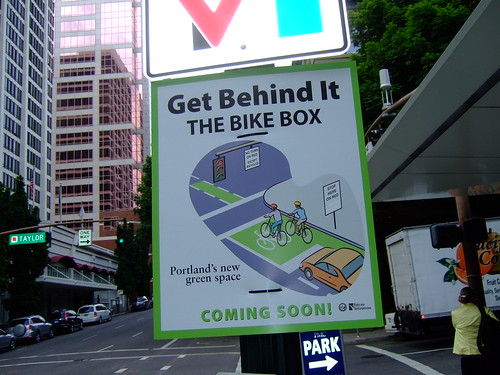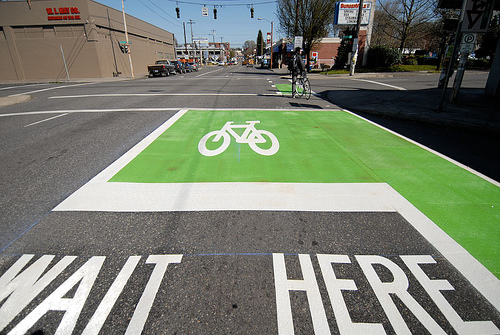The Announcement:

The San Francisco Bicycle Coalition (SFBC) announced today the recipients of the organization's Golden Wheel Awards. Streetsblog San Francisco and SFBC volunteer Michael Helquist will be presented with the awards on April 27th during SFBC's annual gala event. The theme for this year's award is "Leaders of Change: Creating Great Streets and a World-Class Bicycling City."
Streetsblog San Francisco is being recognized for its "intelligent journalism that is leading the conversation and helping more people understand the connection between bicycling, great streets and a livable city." Michael Helquist, according to the SFBC announcement, was selected in recognition of his work as "a tireless advocate of smooth pavement whose leadership has propelled our Good Roads Campaign to the next level by influencing City decision makers to enhance bicycling in their work."
My Own Thoughts:
I am deeply honored to be recognized by an organization that I respect, appreciate, and enjoy so much. Volunteering with the SFBC continues to be an opportunity and delight. The coalition is an organization that thrives with the commitment of volunteers -- now numbering 11,000 -- in every facet of its advocacy. I have not experienced any other group that so readily welcomes and encourages volunteers to follow the role that most interests them and fires them up.
I couldn't be more pleased to be in the company of Streetsblog San Francisco, especially editor Bryan Goebel, deputy editor Matthew Roth, and ace reporter Michael Rhodes. Their efforts have vastly strengthened the community in San Francisco that is dedicated to a more livable city for all users of public spaces. Streetsblog is an inspiration and frequently a guide for me as I develop BIKE NOPA as a means to increase awareness and commitment to improving and diversifying the streets, sidewalks, and parks in the North Panhandle neighborhood and beyond.
The SFBC Good Roads campaign seeks to improve safe riding conditions for all bicyclists by ensuring a smooth surface free of potholes, cracks, and other defects. One of the major deterrents to San Franciscans interested in bicycling but hesitant to begin is their sense that the streets are too rough and uneven. The Good Roads crew works to persuade new riders that the surfaces keep getting better all the time. In the last two years, the Good Roads crew has reported more than 1500 potholes to the city, and followed up with the requests until they were repaired. We have formed strong partnerships with the staff at the Department of Public Works and at 311, and the collaboration benefits all of San Francisco.
Special thanks to Neal Patel, SFBC Community Planner and Good Roads Project Director, for his unstinting support and to the dozens of Good Roads volunteers who have devoted so many hours for the safety of so many others. Their good humor, dedication, and friendship have shaped the best volunteer experience I've had.

































